CYCLADIC HEARTLAND
Tinos, the island of Aeolus, with its mountainous landscape, is a natural work of art.
The philosopher Cornelius Castoriadis once described Tinos as ‘the handmade island’. With mountains, masses of granite, terraced stonewalls and coves – with exquisite marbles, dovecotes and numerous chapels – it is a masterpiece. And it’s no wonder that the island has been home to painters, sculp-tors, poets and intellectuals: Nikolaos Gyzis, Nikiforos Lytras, Yannoulis Chalepas, Costas Tsoclis, Nikos Skalkottas, Yannis Gaitis, among others. Mainly known for the mass pilgrimage to the Virgin Mary at the church of Evangelistria in Chora, it attracts more than 1.5 million visitors annually.
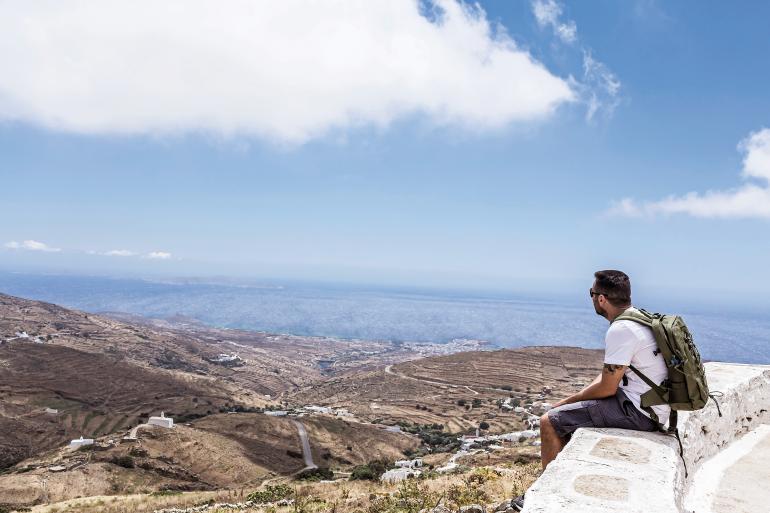
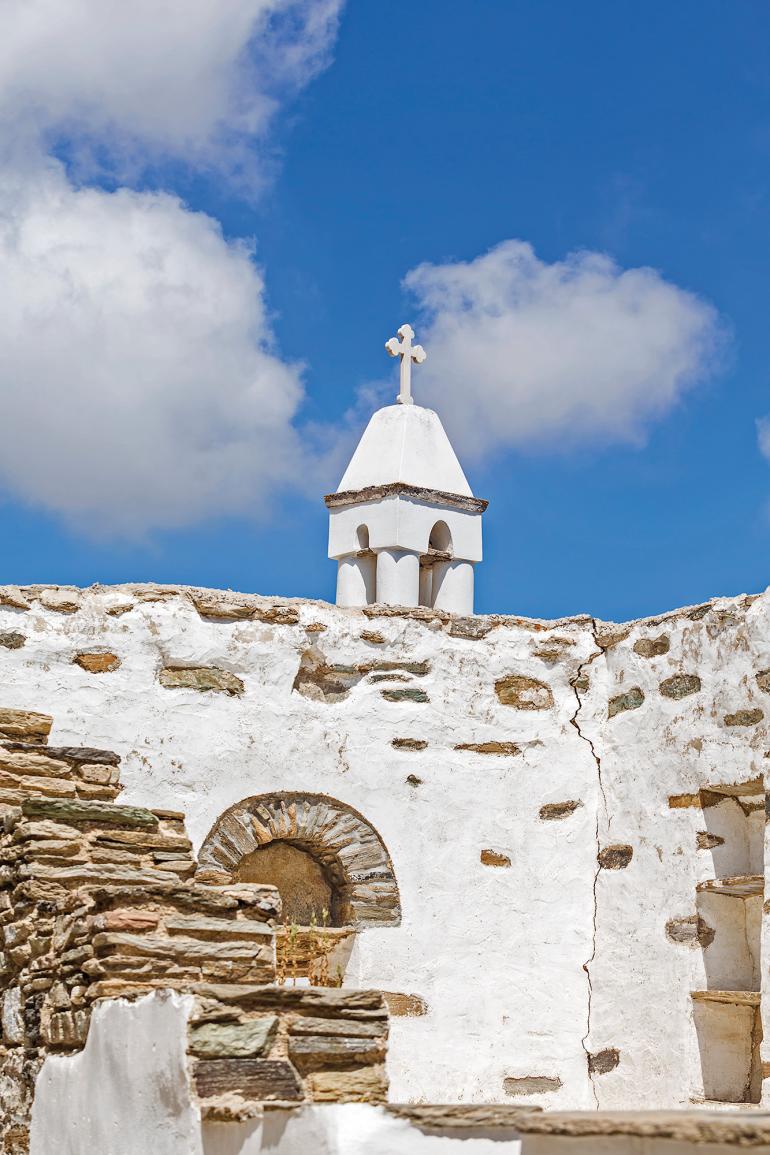
Regardless, Tinos developed more slowly than other Cycladic islands. As a result, the incomparable beauty of its landscapes and villages, the latter akin to open-air museums of traditional architecture, remains unspoilt. And then, there are beaches. Some are steep and inaccessible, open to the north wind. Others are sandy, sheltered from the south wind. There is Kionia next to the ancient temple of Poseidon, lively Agios Fokas, remote Livada, Agios Sostis, Pachia Ammos, and Megali Kolibithra – adored by surfers.
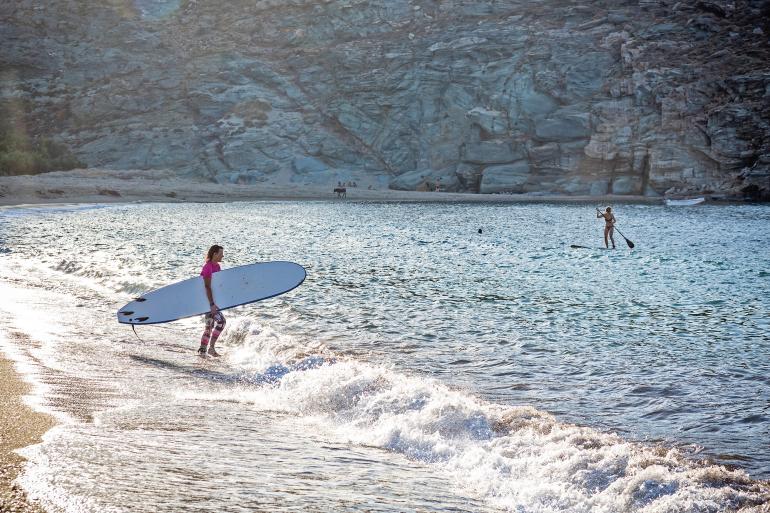
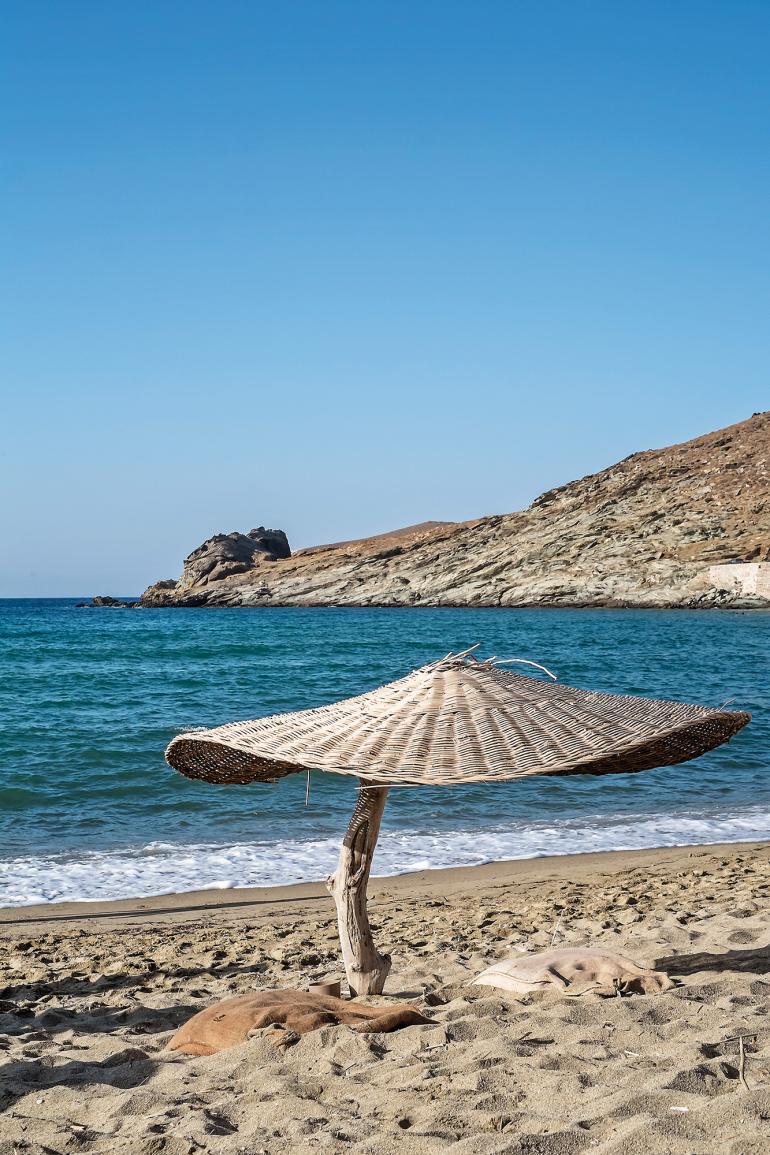
But for regular visitors, the true Tinos is found in-land, in the small white villages hanging around the granite volume of mountain Exomvourgo. On the foothills of the mountain lies mediaeval Tripotamos, one of the oldest villages on island, which resembles a fortified village with narrow winding streets and houses joined together with arches and arcades. At a close distance is Dio Choria, another village with one of the island’s most beautiful squares with running water, and Arnados which stands for the historic Monastery of Kechrovouni. Falatados is famous for raki and its many wine presses. On the top of the mountain, at an altitude of 621 metres, there was once a settlement and the Venetian castle of Agia Eleni. It was the most elevated of such fortified structures in the Aegean. In Koumaros, one must see the 600-seat, open-air stone theatre designed by Costas Tsoclis.
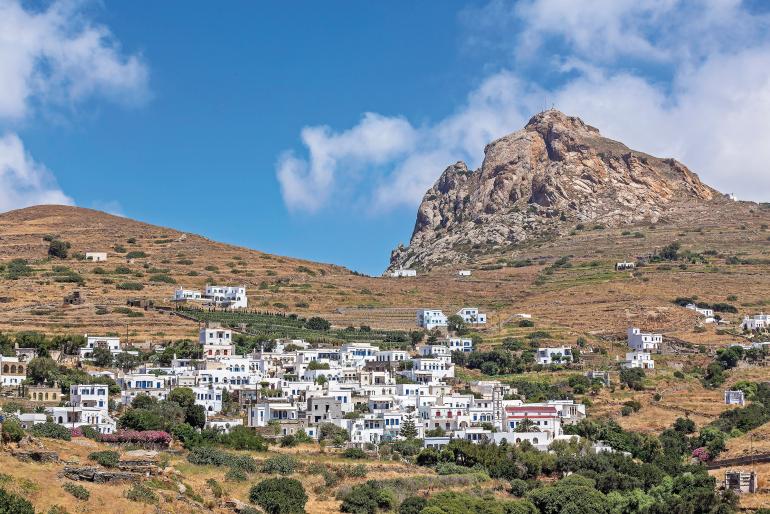
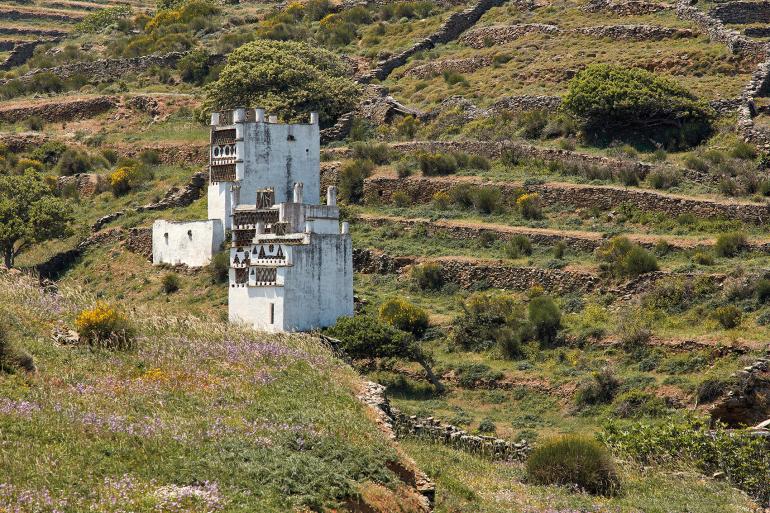
In the heart of the island is the village Volax, named for the lunar-like landscape of scattered granite stones of giant proportions – an eerie sight. Here, generations of locals have perfect-ed basket weaving, a remarkable skill. The neighbouring villages of Kardiani and Isternia are known for marblework. Their Cycladic-style homes feature entrances with intricately-carved lintels and other decorations in marble. These villages are also famous for their breathtaking sun-sets, considered the most beautiful in the Aegean. Loutra harbours a rich historical legacy, compliments of the fascinating Ursuline Monastery and School.
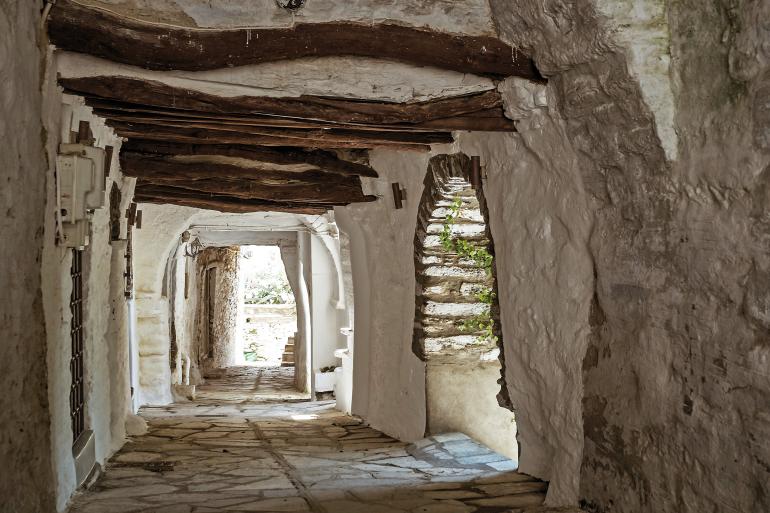
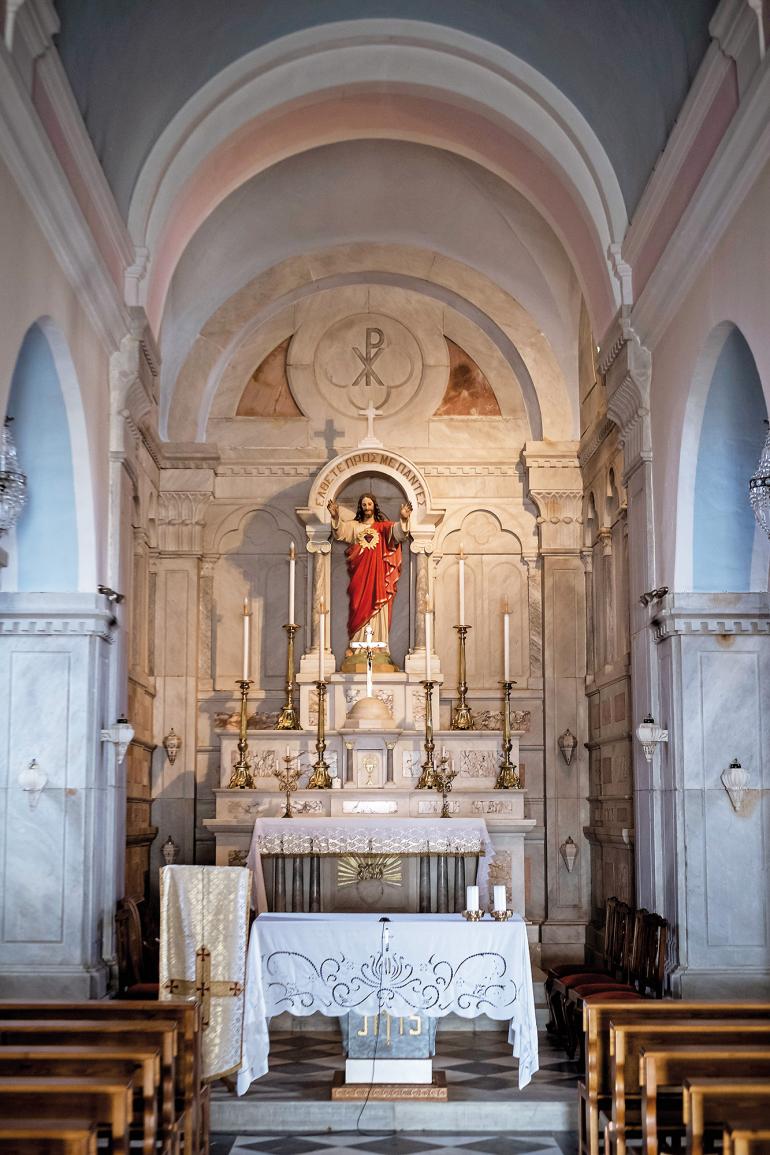
On the other hand, Tarampados boasts some of the finest-preserved dovecotes on the island – these elegant slate structures and elaborate designs are found all over the island. Last but not least, Pyrgos the main village is a must-see, home to the charming residence of Yannoulis Chalepas, the renowned Museum of Marble Craftsmanship narrating the story of great Tinian artisans, and the age-old planetree gracing the central square.
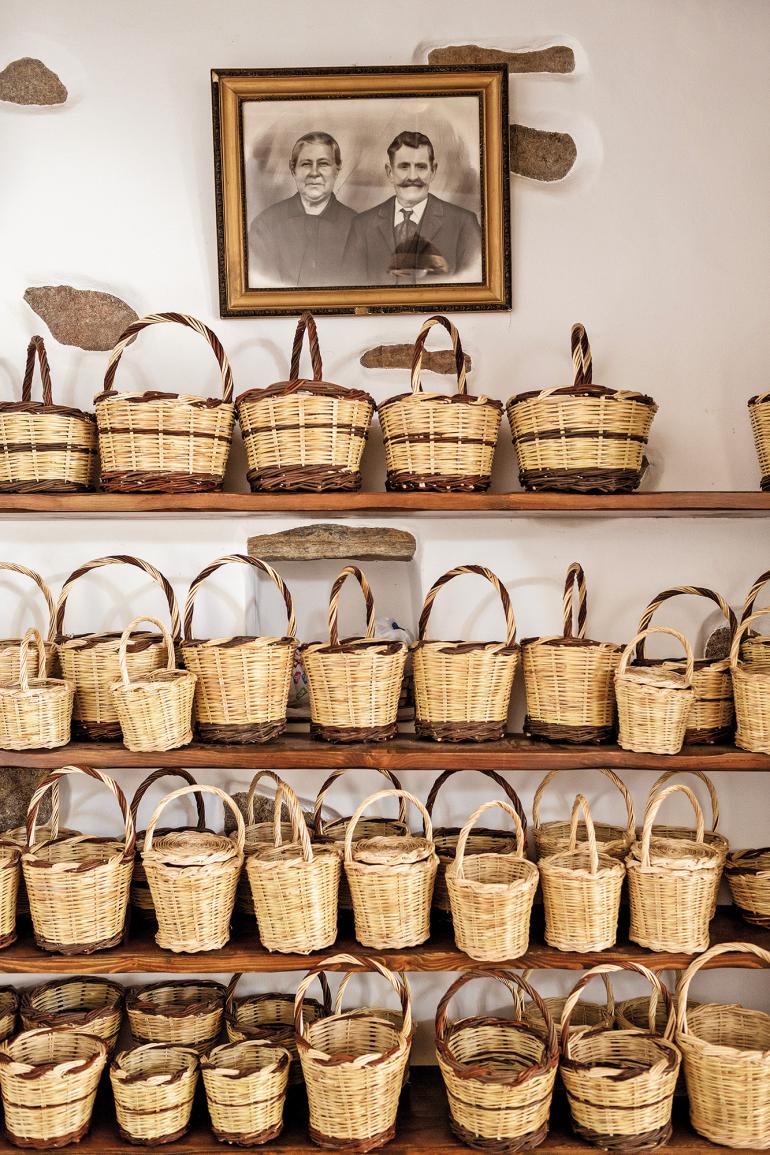
Bring back some of the island’s unique delicacies before departing, including wild artichokes and capers, mushrooms, sun-dried tomatoes, thyme honey, flavourful cheeses and smoked Lountza – a savoury ham sausage cooked in red wine with spices. And sample Tinian wine or raki from the new wineries thriving in Falatados, Steni and Tripotamos.
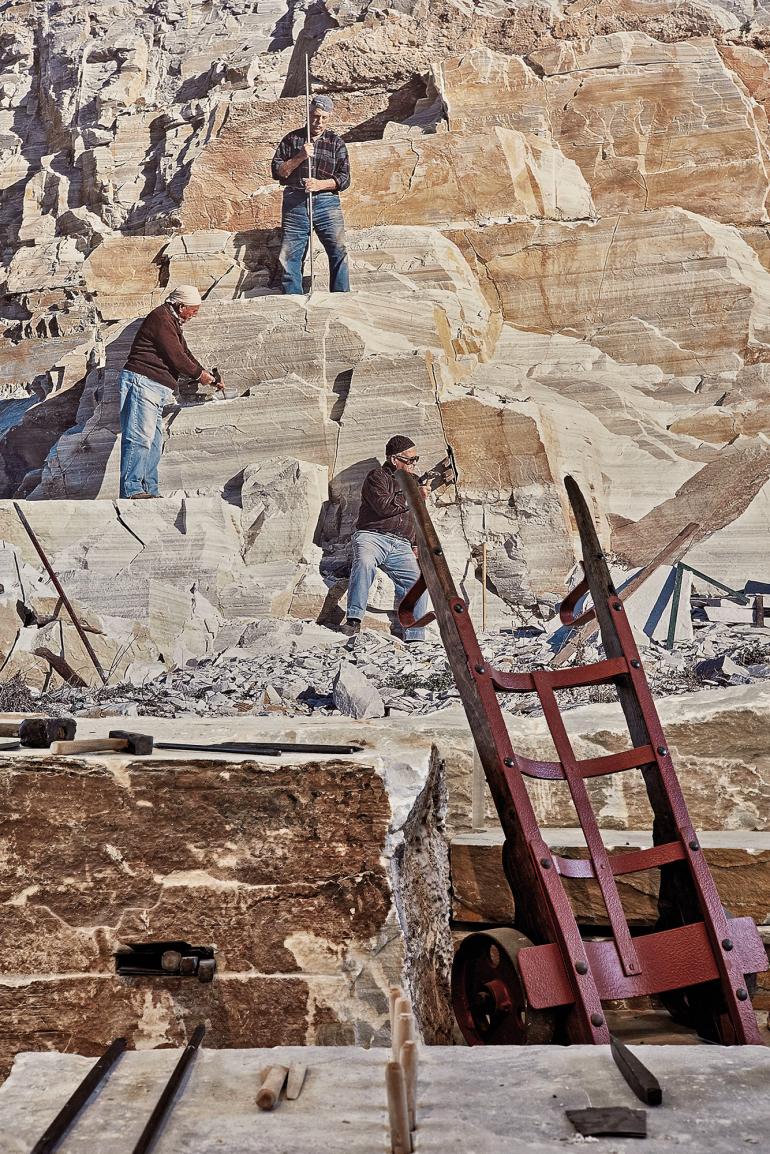
____________________________________
TEXT : KALLIA KASTANI
PHOTOS : CHRISTOS DRAZOS

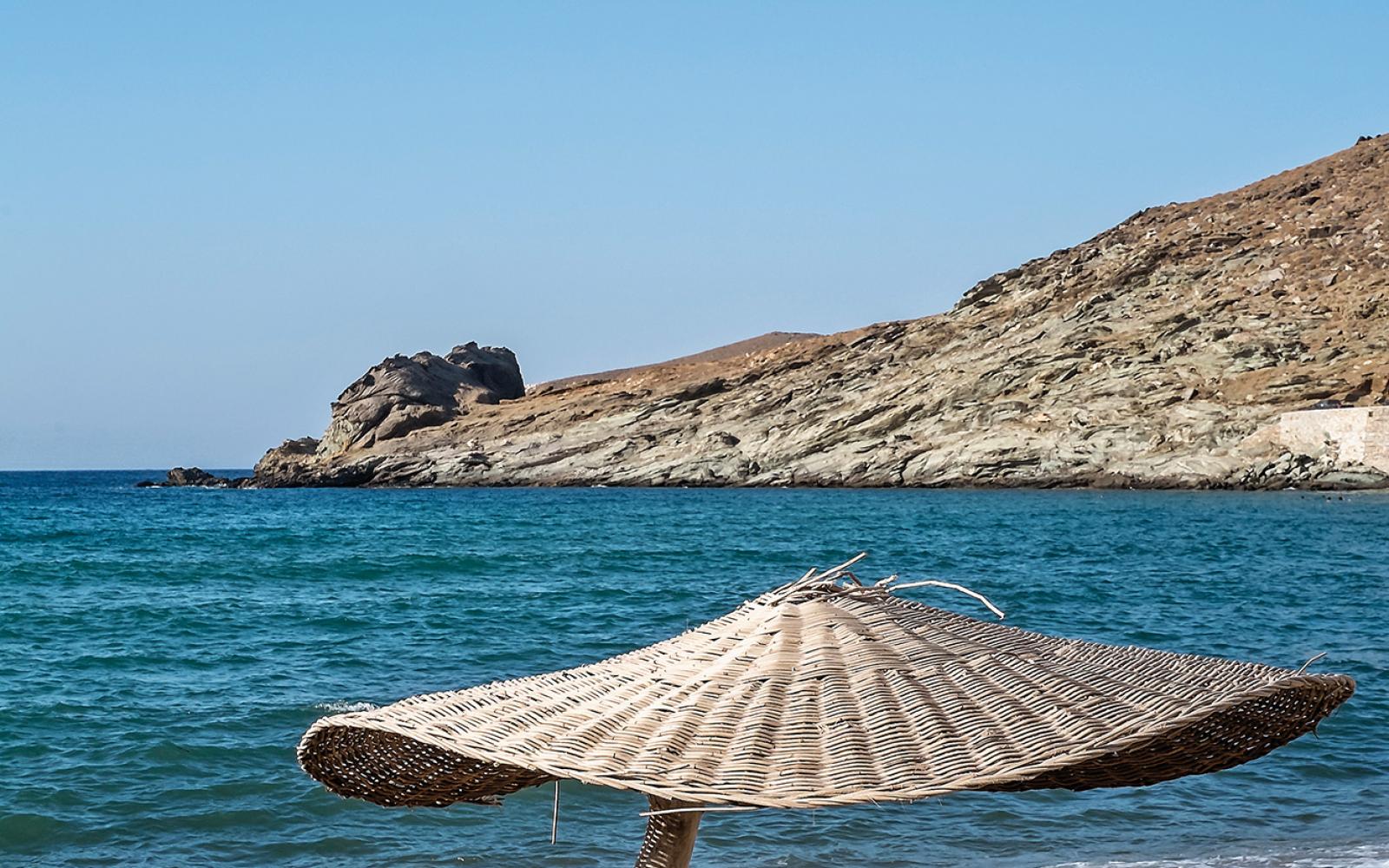
YOU MAY ALSO LIKE
ZOE
Contemporary Horizons
Sailing in the Sporades